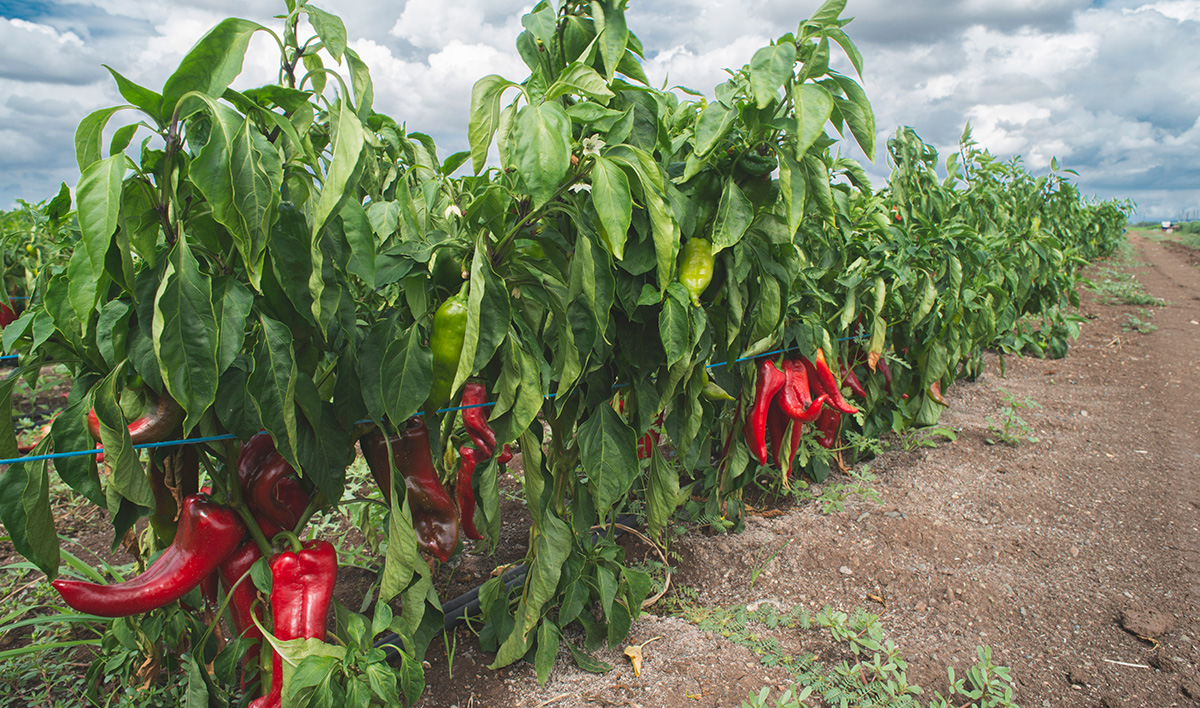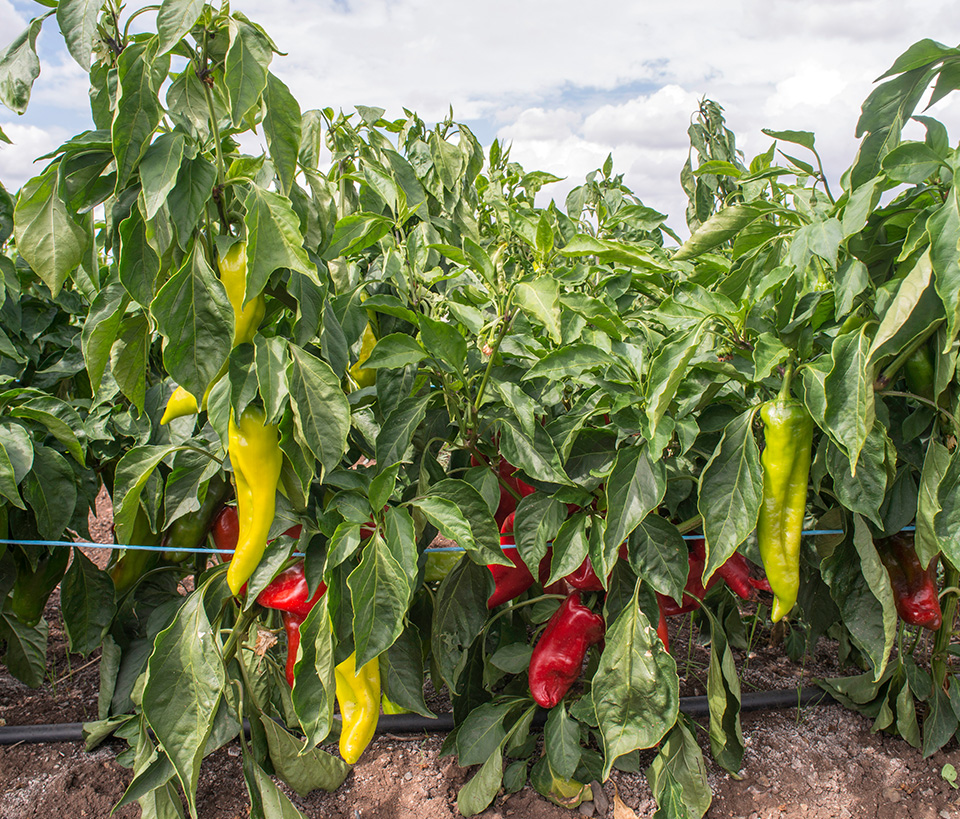
In the diverse climates of Texas, chili pepper growers often face challenges such as uneven rainfall, heat stress, and susceptibility to blossom-end rot due to inconsistent soil moisture. Traditional irrigation methods can cause waterlogging or drought stress, impacting fruit quality and yield. To address these issues, NAIYAD collaborated with regional farms to deploy a customized drip irrigation system specifically designed for chili peppers.



In the diverse climates of Texas, chili pepper growers often face challenges such as uneven rainfall, heat stress, and susceptibility to blossom-end rot due to inconsistent soil moisture. Traditional irrigation methods can cause waterlogging or drought stress, impacting fruit quality and yield. To address these issues, NAIYAD collaborated with regional farms to deploy a customized drip irrigation system specifically designed for chili peppers.
NAIYAD introduced a precision drip irrigation setup that included:
This system provided the precise hydration chili peppers require during flowering, fruit development, and maturation phases.
Implementation of NAIYAD’s drip irrigation system led to: